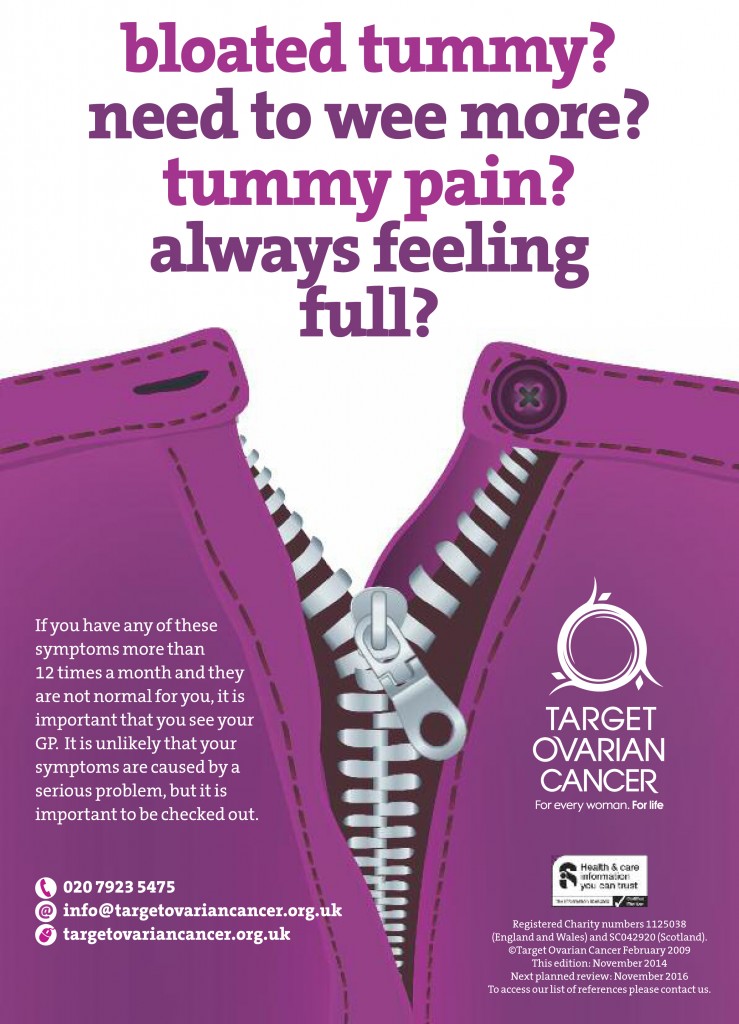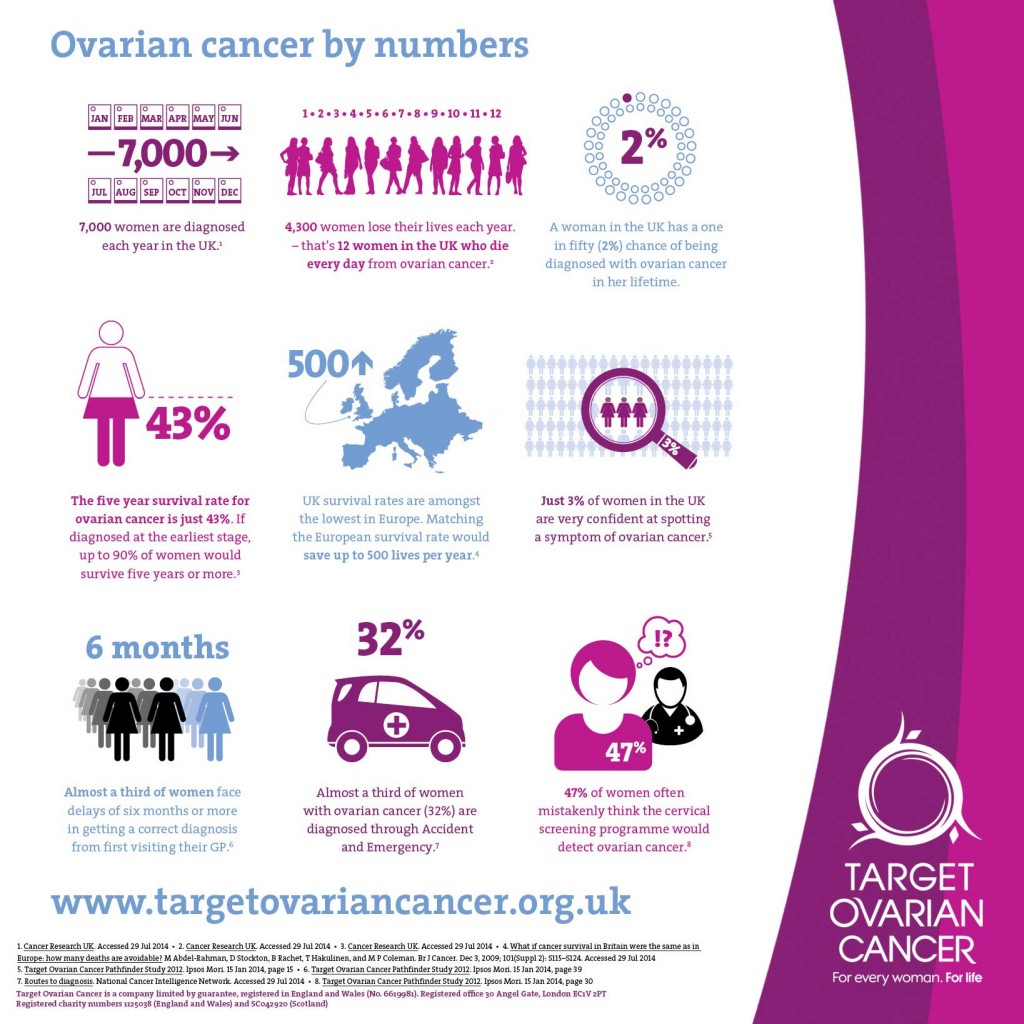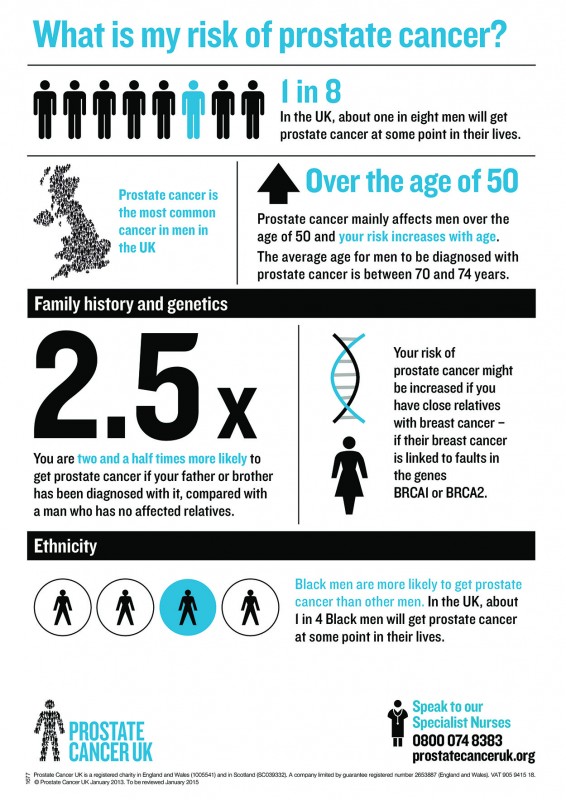Ovarian and Prostate Cancer awareness months both fall this March.
As part of the wider campaign to bring awareness to these two forms of cancer, we thought we’d fill you in on some of the symptoms to look out for.
Most people with the symptoms below will NOT have Cancer, so don’t panic, just be sure to get it checked out. This article does not replace the advice of a medically trained professional, and with any symptoms it is always best to seek the advice of GP.
Ovarian Cancer
Ovarian Cancer, or Cancer of the ovary, can affect anyone with ovaries. There is a common assumption that it is only applicable to women, but Trans* masculine or Intersex individuals who haven’t had a hysterectomy are also at risk and all need to be vigilant.
Cancer is classified in stages – these describe how advanced the Cancer is and how far it has spread. With Ovarian Cancer, stage one means that the cancer is completely inside the ovary and has not spread to any other parts of the body or reproductive organs. Ovarian cancer can be tricky to spot because there are often very vague symptoms or none at all.
Stage 1 symptoms can include:
- Pain in the lower abdomen or side
- A bloated, and/or full feeling in the abdomen
As Ovarian cancer develops or spreads outside the ovary, this changes the stage it is identified as.
Stage 2 or 3 symptoms can include:
- Irregular periods or vaginal bleeding after menopause
- Abdominal pain
- Lower back pain
- More frequent urination
- Constipation
- Pain during sex
- Swelling of the abdomen
- A feeling of fullness or loss of appetite
Ovarian cancer that has spread to an entirely different organ in the body can be categorised as stage 4 Ovarian Cancer.
At Stage 4 symptoms can include:
- Loss of appetite or a feeling of fullness in the abdomen
- Nausea or vomiting
- Constipation
- Tiredness
- Shortness of breath
- Noticeable swelling of the abdomen
None of these symptoms alone should be immediate cause for panic or concern. The best thing you can do if you think you are suffering from any of the above is to visit your doctor and get yourself checked out. If necessary, they can refer you to a specialist to conduct further tests.
Prostate Cancer
Prostate Cancer affects 1 in 8 people with a prostate in the UK. According to research, people with a family history of prostate Cancer, who are elder, or people of colour are all at an increased risk of prostate Cancer. The average age for diagnosis is between 70 and 74, and the risk increases with age. Sometimes prostate Cancer poses no risk at all, but it can also be a very aggressive and dangerous Cancer and so requires appropriate medical attention as soon as possible.
There are generally no symptoms of early prostate cancer, many start at the very outside of the prostate gland, well away from the urethra. As long as the tumour remains small, you are unlikely to notice any of its effects. The symptoms of an enlarged prostate are largely the same whether benign or cancerous, so it is vital to get any of the below checked out by a doctor or qualified medical professional at the earliest opportunity.
Symptoms:
- Having to rush to the toilet to pass urine
- Passing urine more often than usual, especially at night
- Difficulty passing urine, including straining to pass it or stopping and starting
- A sense of not being able to completely empty the bladder
- Pain when urinating
- Blood in urine or semen
Prostate cancer may also cause pain in the following areas:
- Back
- Hips
- Pelvis
- Other bony areas
So there you have it, a basic guide to the symptoms of prostate and ovarian Cancer. Remember, don’t panic, but always to seek the advice of a medical professional if you feel any of the above symptoms apply to you.
Spread awareness amongst your friends – you never know who might need your help!









